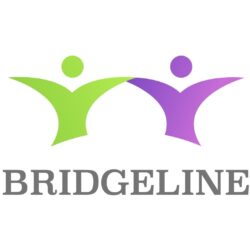It can happen to anyone and out of nowhere: an out-of-control car, a slippery sidewalk, an accident on the playing field. It takes but an instant for a persona’s whole world to be turned inside out by brain injury.
According to the Brain Injury Association of America an estimated 5.3 million Americans currently live with disabilities resulting from traumatic brain injury about 250,000 in Virginia, and 5,455 adults in the Thomas Jefferson Health district. Every year, 1.4 million Americans sustain a traumatic brain injury of different severity, which is one injury every 23 seconds. These numbers include women and men injured while serving in the US Armed Forces.
The brain-injury survivor can go from being an independent, successful adult with responsibilities as a parent or provider to someone totally dependent on the very same people he used to support. Personality, relationships, cognitive skills, and mobility may all be affected. The unique challenge that arises from neurological trauma lies in the sudden and unforeseen changes to one’s identity and circumstance. Survivors are different than they used to be and they know it.
Community-based alternatives have long been a priority for institutional programs in mental health, intellectual disAbilities, substance abuse, justice, aging, and convalescence. Persons with brain injuries however are still on the periphery of the aforementioned services. The astronomical costs for care, the toll on the lives of the families, be it emotional or financial, surmounts all expectations. Past the acute care lies uncertainty, and, most of all, the quickly realized need for long-term care. Nursing homes, psychiatric hospitals, and group homes are, if available and affordable, an option, but often fall short of a life that can be lived with happiness and dignity. The survivors need programs that address their distinct cognitive, behavioral, and emotional needs. We are proud that The Bridge Line is recognized as a model for residential community living and for vocational training for people with brain injuries.


